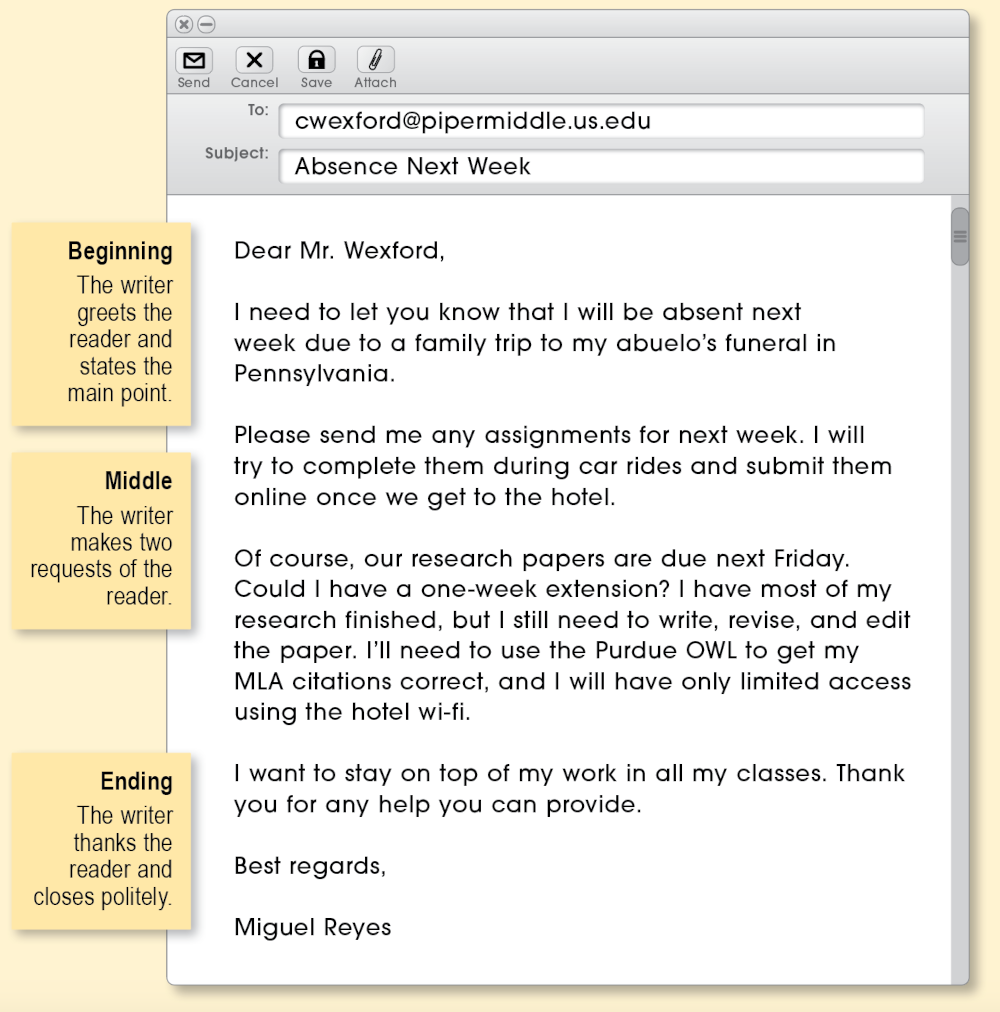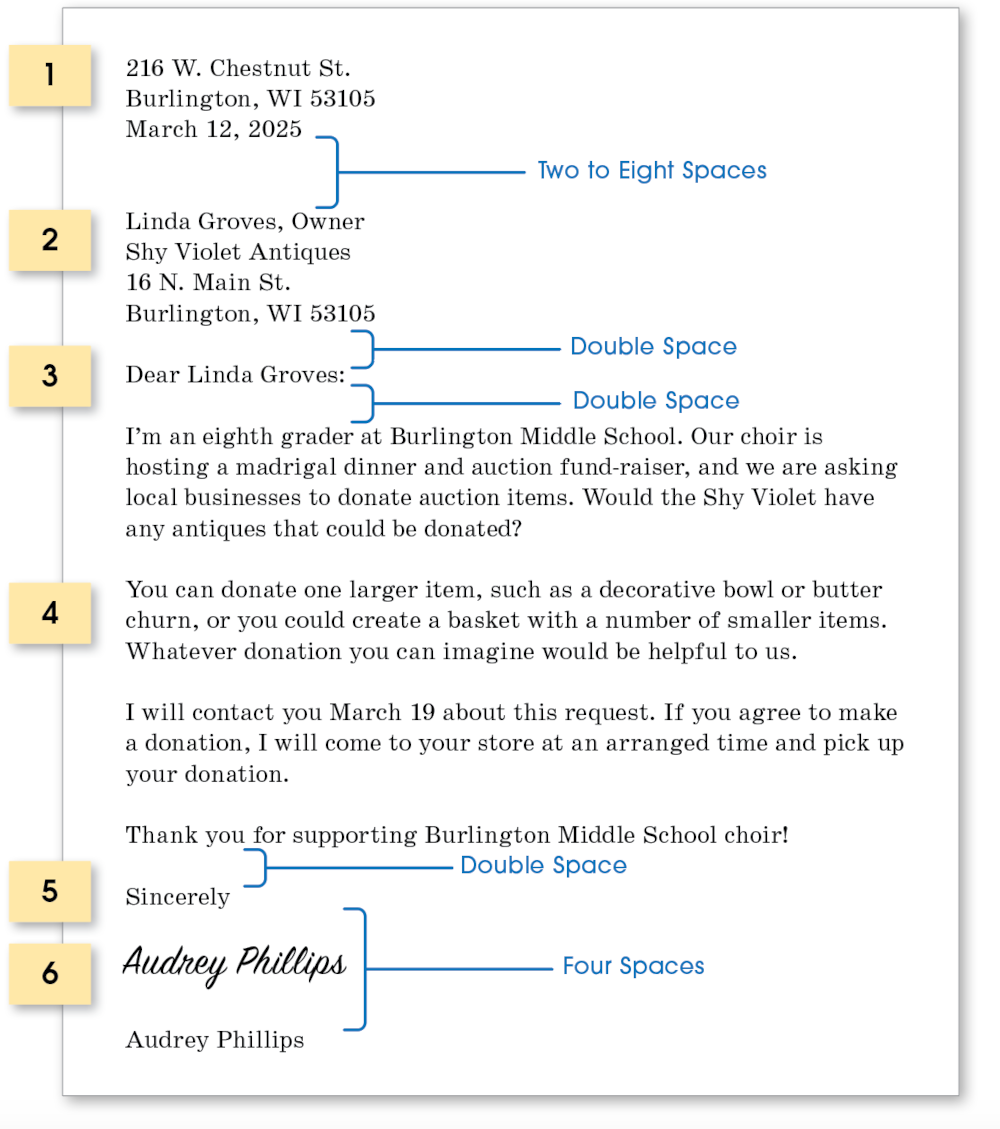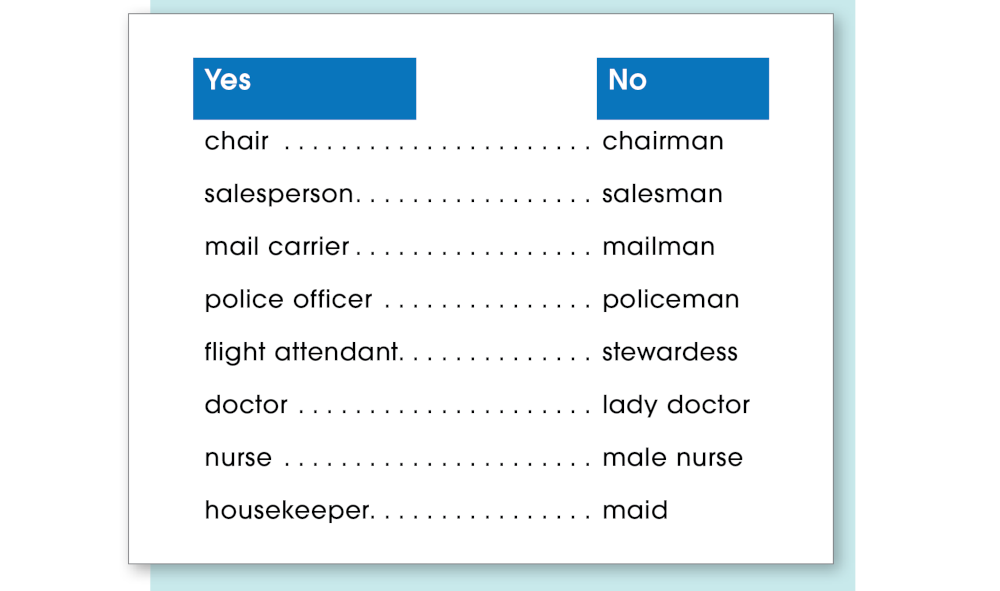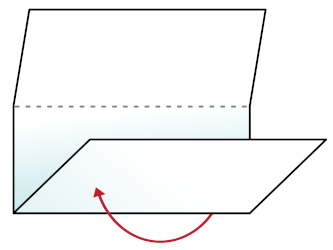WOC 337

Page 337
Writing in the Workplace
You have to write to get a job, filling out an application or sending in a résumé and cover letter. You have to write to do your job, creating emails and reports that track your work. You have to write to get ahead on the job, submitting proposals to make changes or develop new products.
Writing helps you figure out what to do on the job and communicate with colleagues and clients.
No matter what line of work lies in your future, writing will help you throughout your career. In this chapter, you’ll learn how to write emails, meeting minutes, proposals, and business letters—traditional forms that still get the job done.
What’s Ahead
WOC 338
Page 338
When you want to write to friends or family, you probably text or email them. Email also helps you communicate with your teachers and employers. Student Miguel Reyes wrote the following email to inform his teacher of an upcoming absence.
Email Message

WOC 339
Page 339
Writing Guidelines
Emails can be sent to one reader or to many of them. They provide a handy way to communicate. These guidelines will help you write email messages, especially ones addressed to teachers or other adults.
Prewriting ■ Preparing to Write
- Consider your writing situation: What are you writing about (subject)? Why are you writing (purpose)? Who will read this message (audience)?
- Gather all the details you need to include.
- If you have a lot of details, consider placing some of them in a separate attachment, such as a proposal. (See pages 342–343.)
Writing ■ Creating the First Draft
Beginning ■ Enter the email address of the person you are writing to. Type a subject line to tell your reader the topic of your message. Greet your reader and explain your reason for writing.
Middle ■ Provide all the details your reader needs. Organize information logically.
Ending ■ If follow-up action is needed, state it clearly. End politely.
Revising ■ and Editing ■ Improving Your Message
Check your email before sending it. Whenever you communicate with a teacher or employer, you want to make sure your writing is clear and correct. (Download a checklist.)
_____ Is my message accurate—from the reader’s email address to each fact or detail I’ve provided?
_____ Is my message complete—providing all the information needed so that I don’t have to send another message?
_____ Is my message clear—written in short, double-spaced paragraphs with numbers, lists, and headings?
_____ Is my email correct—have I checked for spelling, punctuation, and other errors?
WOC 340
Page 340
Minutes
Minutes track the official business of a meeting. The following minutes record a student council meeting.
Minutes

WOC 341
Page 341
Writing Guidelines
Minutes summarize a meeting—what was discussed, what was decided upon, and what action will be taken. The guidelines below will help you take good notes and write clear meeting minutes.
Prewriting ■ Gathering Information
- Come to the meeting prepared with the proper materials—paper, pen, or even a laptop.
- Review the previous minutes and the meeting’s agenda.
- Take notes of key points, speaker’s names, and important decisions.
Writing ■ Creating the First Draft
Beginning ■ List details identifying the meeting—the group’s name; the meeting’s purpose, location, and time; and the names of those present. (Also name those people who are absent.)
Middle ■ Identify all issues discussed, any decisions made (sometimes called motions), and any follow-up actions needed (including names and deadlines).
Ending ■ Give details about the next meeting.
Revising ■ and Editing ■ Improving Your Minutes
Use the following checklist to improve your minutes.
_____ Are all of the details accurate—names, dates, item numbers, wording of decisions?
_____ Is my tone neutral? Have I left out feelings and judgments?
_____ Have I checked the spellings of all of the names in the minutes?
_____ Have I checked all my punctuation carefully?
Helpful Hint
With minutes, timing is important. Draft the minutes right after the meeting, and distribute copies to all of the group members within a day or two.
WOC 342
Page 342
Proposal
A proposal suggests a change or outlines a project. In the proposal below, student Don Watkins details a candy-gram fund-raiser.
Proposal

WOC 343
Page 343
Writing Guidelines
Is there a project you want to do in one of your classes? Do you see a problem that needs fixing in your school or community? Then present it in a proposal—a detailed plan for doing a project, solving a problem, or meeting a need.
Prewriting ■ Exploring Your Topic
- Study the problem, project, subject, or need. Define it, know its parts, and explore its background.
- Research your solution or idea. Will it work? Why or how?
- Think about your reader. How can you convince him or her of your idea’s value?
Writing ■ Creating the First Draft
Beginning ■ Briefly introduce the problem, need, or idea that you’re addressing. Then describe what you propose to do.
Middle ■ Provide convincing details supporting your proposal. Why is the problem, need, or idea important? Is your project workable? Why is your solution the best one? Include these details:
1. Equipment, material, and other resources needed
2. Steps to take and a schedule for completing them
3. Results expected
Ending ■ Focus on the benefits of the project and ask for its approval.
Revising ■ and Editing ■ Improving Your Proposal
Use the following checklist to improve your proposal.
_____ Is my proposal detailed, specific, and accurate?
_____ Have I organized my points in an effective way? Will my reader say, “This will work”?
_____ Do I show that I care about the project?
_____ Have I used headings, lists, and white space?
_____ Have I checked punctuation, capitalization, spelling, and grammar?
WOC 344
Page 344
Parts of a Basic Business Letter
A business letter is made up of six basic parts: the heading, inside address, salutation, body, closing, and signature.
1 The heading gives the writer’s complete address, plus the date the letter was written.
2 The inside address gives the name, title, and address of the person or organization you are writing to.
- If the person has a title, make sure to include it. If the title is short, write it on the same line as the name, separated by a comma. If the title is long, write it on the next line.
- If you are writing to an organization or a business, but not to a specific person, begin the inside address with the name of the organization or business.
3 The salutation is the greeting. Insert a colon after your salutation.
- Write “Dear” plus the person’s first and last name.
- You can use Mr., Mrs., or Ms. plus the person’s last name. Do not guess at Miss or Mrs.
- If you don’t know the name of the person who will read your letter, use a salutation like one of these:
Dear Store Owner: (the person’s title)
Dear American Red Cross:
Attention: Customer Service
4 The body is the main part of the letter. It should have single-spaced paragraphs with double spacing between each one. (Do not indent paragraphs.) If the letter is longer than one page, make a heading on the second page.
Ms. Groves (reader’s name)
Page 2
March 12, 2025 (date)
5 The closing ends the letter politely. Use Sincerely, Yours sincerely, or Yours truly followed by a comma.
6 The signature, including the writer’s handwritten and typed name, makes the letter official.
Dear Store Owner: (the person’s title)
Dear American Red Cross: Attention: Customer Service
Ms. Groves (reader’s name)
Page 2
March 12, 2025 (date)
5 The closing ends the letter politely. Use Sincerely, Yours sincerely, or Yours truly followed by a comma.
6 The signature, including the writer’s handwritten and typed name, makes the letter official.
WOC 345
Page 345
Basic Business Letter

WOC 346
Page 346
Writing Guidelines
Prewriting ■ Exploring Your Topic
- Think about your topic and purpose. In one sentence, write your reason for writing—what you want your reader to know or do.
- Gather your information. List the details you will need to include in your letter. Then think about the best way to present them.
Writing ■ Creating the First Draft
Always think in terms of the beginning, middle, and ending when you write your letter.
Beginning ■ Introduce your subject and reason for writing.
Middle ■ Present all of the important facts and details in short, clearly stated paragraphs.
Ending ■ Explain what action you would like your reader to take.
Helpful Hint
State all of your ideas positively and politely. Your reader will more likely respond favorably to your letter if it has a positive tone.
Revising ■ and Editing ■ Improving Your Letter
As you revise and edit your editorial, ask yourself if your work demonstrates the traits of effective writing. (Download a checklist.)
_____ Ideas Does my letter have one clear focus? Do I support the focus with details? Do I state what I want the reader to do?
_____ Organization Does my opening get the reader’s attention and state my reason for writing? Is the middle well organized? Do I end the letter well?
_____ Voice Does my voice sound reasonable and respectful?
_____ Word Choice Have I used clear, fair language?
_____ Sentences Does my letter read smoothly and clearly?
_____ Conventions Have I carefully checked punctuation, capitalization, spelling, and grammar? Have I followed the letter format? Have I correctly addressed and stamped my envelope?
WOC 347
Page 347
Using Clear, Fair Language
When you write, make every effort to treat genders fairly. Avoid language that excludes.
- Use equal language:
The committee members worked together. Dwight and Jenna
Don’t give special treatment to one of the genders:
Mr. Ian Thompson, Mrs. Shirley Thompson
The men and the ladies of the committee agreed.
Dwight and Miss Johnson
Mr. Ian Thompson, Mrs. Ian Thompson - When possible, use plural pronouns and antecedents:
Politicians lead public lives when they run for office.
- Address a position:
Dear Personnel Officer:
Dear Members of the Big Bird Fan Club:
Don’t use gender-specific references in the salutation of a business letter when you don’t know the person’s name. - Use gender-free words or titles:

WOC 348
Page 348
Sending Your Letter
Addressing the Envelope
Place the return address in the upper left corner, the destination address in the center, and the correct postage at the upper right.

Acceptable Envelope Forms
There are two acceptable forms for addressing the envelope. You can use upper- and lowercase letters as well as punctuation, or as the postal service recommends, you can use all caps and no punctuation.

U.S. Postal Service Guidelines
- Capitalize everything and leave out ALL punctuation.
- Use the list of common abbreviations found in the National ZIP Code Directory. (See page 349.) Use numerals rather than words for numbered streets and avenues (9TH AVE NE, 3RD ST SW).
- If you know the ZIP + 4 code, use it. You can get this information online or by phoning the postal service.
WOC 349
Page 349

Folding the Letter
- Fold the bottom third of the letter up, and crease.
- Fold the top third of the letter down, and crease.
- Insert the letter (with the open end at the top) into the envelope.
State Abbreviations

Address Abbreviations
